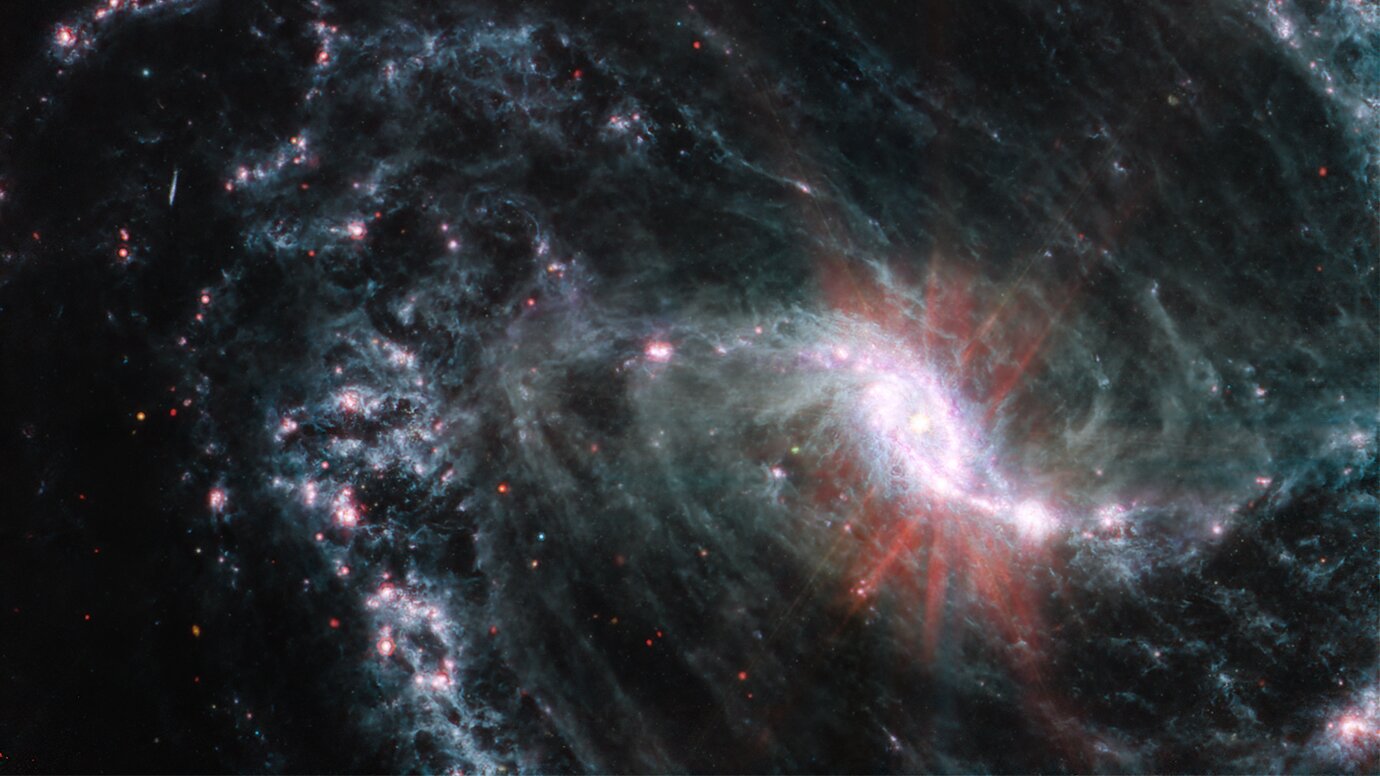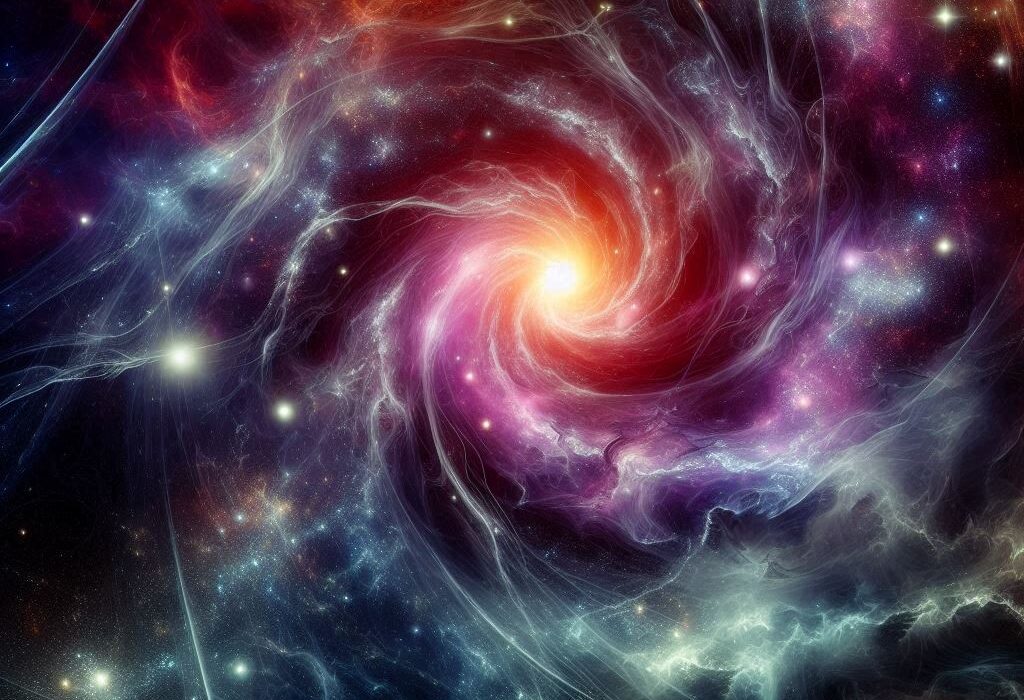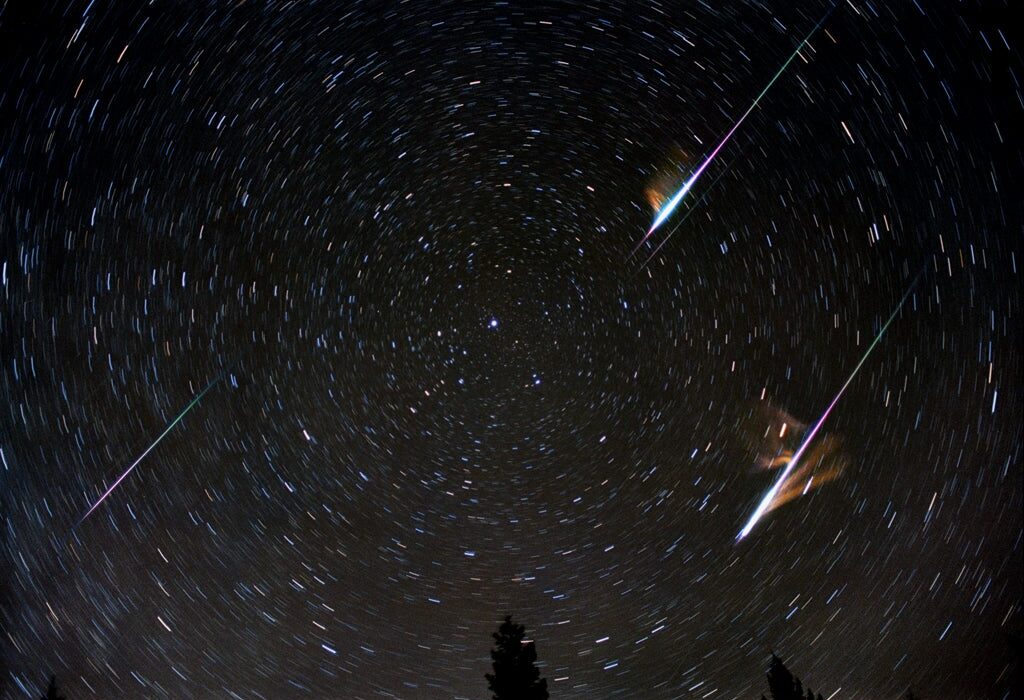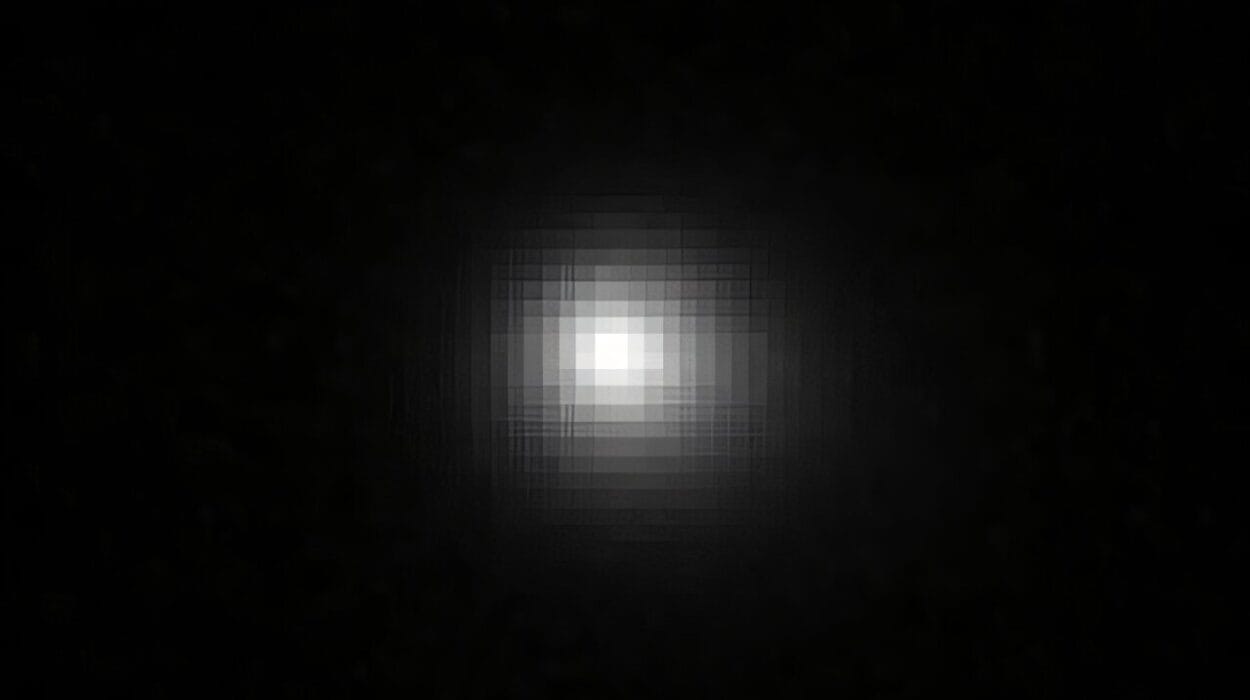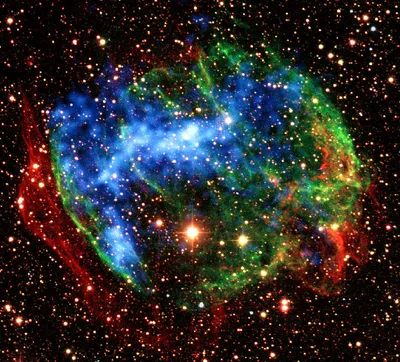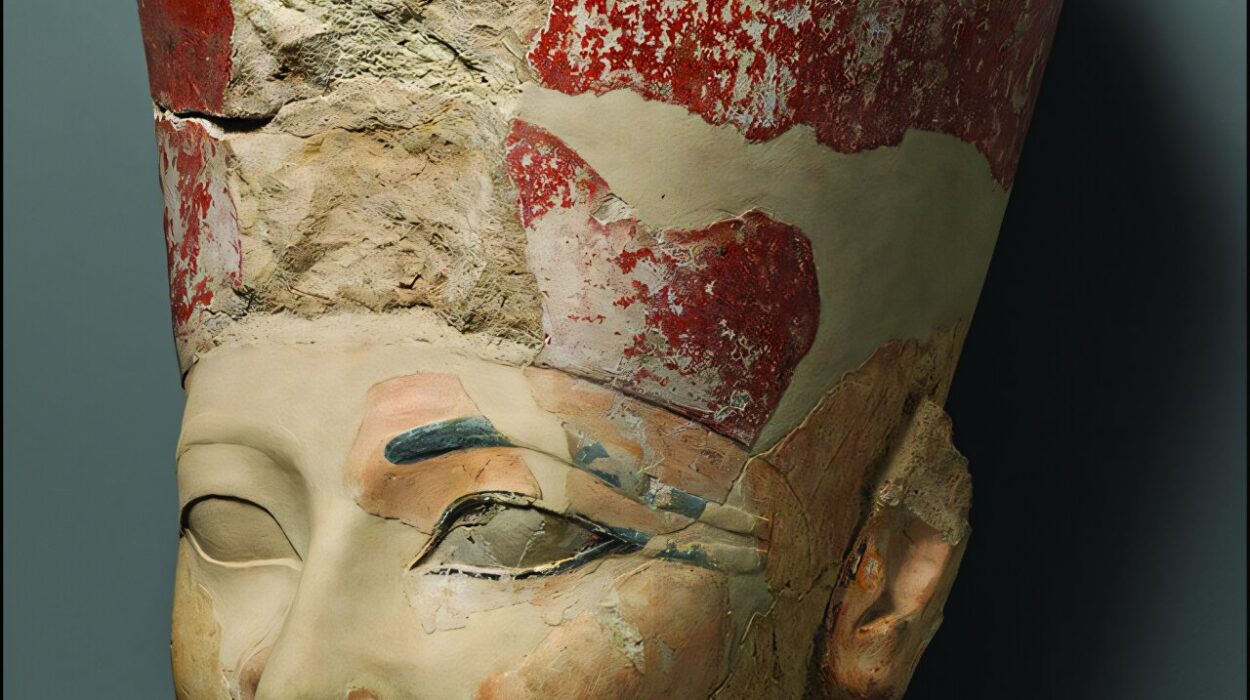For over a decade, astronomers have been puzzled by a curious conflict in our understanding of the universe—a conflict that threatened to shake the very foundation of modern cosmology. At the heart of the issue was the Hubble constant, a number that represents how quickly the universe is expanding. The trouble was, depending on whether scientists measured this value using observations from the early universe or from the present day, they got different answers. One approach consistently yielded a value higher than the other. If this discrepancy was real, it would mean that our prevailing model of the universe—the so-called Standard Model of Cosmology—was incomplete or even incorrect.
But thanks to an extraordinary leap in observational power—the James Webb Space Telescope (JWST)—that apparent rift may finally be closing. According to a new study led by University of Chicago astrophysicist Wendy Freedman, one of the foremost experts in cosmic distance measurement, the latest results suggest that the long-standing tension over the Hubble constant might have been a mirage. With more precise data than ever before, the numbers are finally beginning to agree.
“This new evidence is suggesting that our Standard Model of the universe is holding up,” Freedman said. “It doesn’t mean we won’t find things in the future that are inconsistent with the model, but at the moment the Hubble constant doesn’t seem to be it.”
This finding, published in The Astrophysical Journal, represents a landmark in cosmological research. It also illustrates the immense power of new technology to settle debates that once seemed intractable.
A Tale of Two Expansions
To understand why the Hubble constant has been such a thorny issue, we need to zoom out—way out.
The idea that the universe is expanding has been a core tenet of modern cosmology ever since Edwin Hubble discovered in the 1920s that galaxies are moving away from us, with more distant ones receding faster. This discovery implied that the universe itself is stretching, and that it had a beginning—what we now call the Big Bang.
But how fast is it stretching?
One method of answering this involves looking at the cosmic microwave background (CMB)—the faint afterglow of the Big Bang, which offers a snapshot of the universe as it was just 380,000 years old. By analyzing tiny fluctuations in this ancient light, scientists can calculate how fast the universe was expanding back then and extrapolate to the present.
This approach, championed by missions like Planck, consistently gives a value of about 67.4 kilometers per second per megaparsec (meaning that every megaparsec—a distance of about 3.26 million light-years—away from us, galaxies are receding 67.4 km/s faster).
The other approach is to measure how fast the universe is expanding now, in the local universe. That’s where Freedman and her team come in. Rather than inferring values from the early cosmos, they measure actual distances and velocities of galaxies around us.
But therein lies the problem: this “local” method typically returns a higher value—around 73 or more km/s/Mpc. That may not seem like a big difference, but in the high-precision world of cosmology, it’s huge. It implied that either there’s something we don’t understand about the early universe, or there’s something wrong with how we measure distances today.
This tension became known as the Hubble Tension, and it has inspired thousands of scientific papers, countless debates, and no shortage of creative theorizing.
Measuring the Universe One Star at a Time
Measuring cosmic distances is far from straightforward. Paradoxically, it’s often easier to peer billions of years into the past than it is to measure precisely how far away a nearby galaxy is. That’s because measuring distance requires standard candles—celestial objects whose intrinsic brightness is known, allowing scientists to determine how far away they are based on how dim they appear.
One class of these standard candles is Type Ia supernovae, the spectacular explosions of dying white dwarf stars. These explosions reach a consistent peak brightness, which makes them excellent tools for gauging distance.
Freedman has long been at the forefront of refining this method. In addition to Type Ia supernovae, she pioneered techniques involving red giant stars, which undergo a dramatic and predictable change in brightness at a certain stage in their evolution, and carbon stars, which also exhibit measurable characteristics useful for distance calculations.
But it’s not as simple as measuring brightness and doing the math. Cosmic dust dims starlight, making objects appear farther than they are. The intrinsic brightness of stars can vary depending on their composition, which may change over time or from galaxy to galaxy. And then there are the limitations of the telescopes themselves—how clearly they can resolve individual stars, especially in densely packed galaxies.
All these variables must be accounted for before a true distance can be declared. And until recently, these corrections introduced enough uncertainty to keep the Hubble Tension alive.
The Game-Changing Power of James Webb
Then came JWST, launched in 2021 as a joint mission by NASA, ESA, and CSA. With a 6.5-meter mirror and cutting-edge infrared sensors, Webb has been able to pierce through dust and resolve individual stars that Hubble could only see as fuzzy blobs. Its instruments are 10 times more sensitive and offer four times the resolution of its predecessor, enabling astronomers to make measurements with unprecedented clarity.
“We’re really seeing how fantastic the James Webb Space Telescope is for accurately measuring distances to galaxies,” said Taylor Hoyt of the Lawrence Berkeley National Laboratory, a co-author on the study.
Using Webb, Freedman and her team more than doubled their sample of galaxies used to calibrate the brightness of Type Ia supernovae. This expanded dataset dramatically improved the statistical strength of their results. Crucially, Webb’s infrared vision allowed them to bypass much of the dust that previously interfered with brightness measurements.
With these improvements, Freedman’s team calculated the Hubble constant as 70.4 km/s/Mpc, with a margin of error of just ±3%. That puts the local measurement in statistical agreement with the early-universe value from the CMB, 67.4 ± 0.7 km/s/Mpc.
It’s not a perfect match, but the overlap in uncertainties suggests that the tension may not be a real conflict after all—just the result of older data with larger error bars.
Beyond the Hubble Constant
The implications are profound. If the Hubble Tension had been confirmed as real, it would have forced physicists to re-evaluate key assumptions in the Standard Model. It might have hinted at unknown particles, new forms of dark energy, or exotic physics operating in the early universe.
“There have been well over 1,000 papers trying to attack this problem, and it’s just turned out to be extraordinarily difficult to do,” Freedman noted.
While scientists are still probing the model for weaknesses—especially in search of explanations for dark matter and dark energy, which together make up 95% of the universe’s mass-energy content—the Hubble constant now appears less likely to be the smoking gun.
Still, Freedman and her colleagues aren’t done. They’re already planning follow-up observations using JWST, targeting the Coma Cluster, a massive group of galaxies about 320 million light-years away.
“Those measurements will allow us to measure the Hubble constant directly, without the additional step of needing the supernovae,” she said. “I am optimistic about resolving this in the next few years, as we boost the accuracy to make these measurements.”
The New Age of Precision Cosmology
The James Webb Space Telescope was designed to revolutionize astronomy, and it’s already doing just that. With its first few years of data, it has not only peered deeper into the past than any telescope before it, but it has also helped to resolve one of the thorniest issues in cosmology.
That’s a reminder of how science advances—not always in a straight line, but through cycles of doubt, refinement, and technological leaps. For years, the Hubble Tension served as a source of both consternation and excitement. It pushed scientists to question, to probe, to hypothesize wildly.
Now, thanks to better data and clearer vision, we may be seeing that the universe is behaving just as it should.
But don’t expect cosmic mysteries to disappear anytime soon. In science, every answer opens a dozen new questions. As we refine our understanding of expansion, attention will likely shift to other unresolved puzzles: What is dark energy, really? What causes cosmic inflation? Are there hidden dimensions or variations in the fundamental laws of physics?
For now, though, it appears that the cosmos is not as conflicted as we feared. And in that clarity, there’s both relief—and the thrilling promise of even deeper discoveries ahead.
Reference: Wendy L. Freedman et al, Status Report on the Chicago-Carnegie Hubble Program (CCHP): Measurement of the Hubble Constant Using the Hubble and James Webb Space Telescopes, The Astrophysical Journal (2025). DOI: 10.3847/1538-4357/adce78
